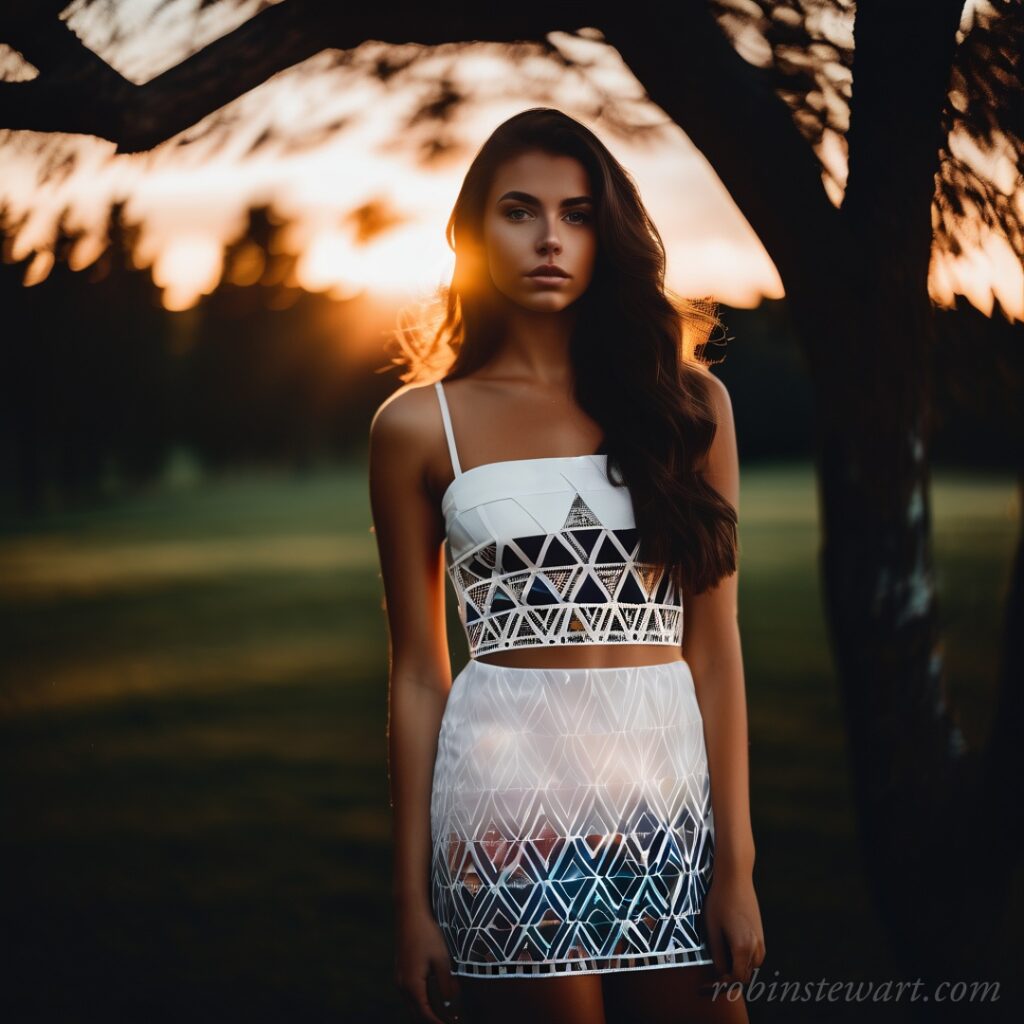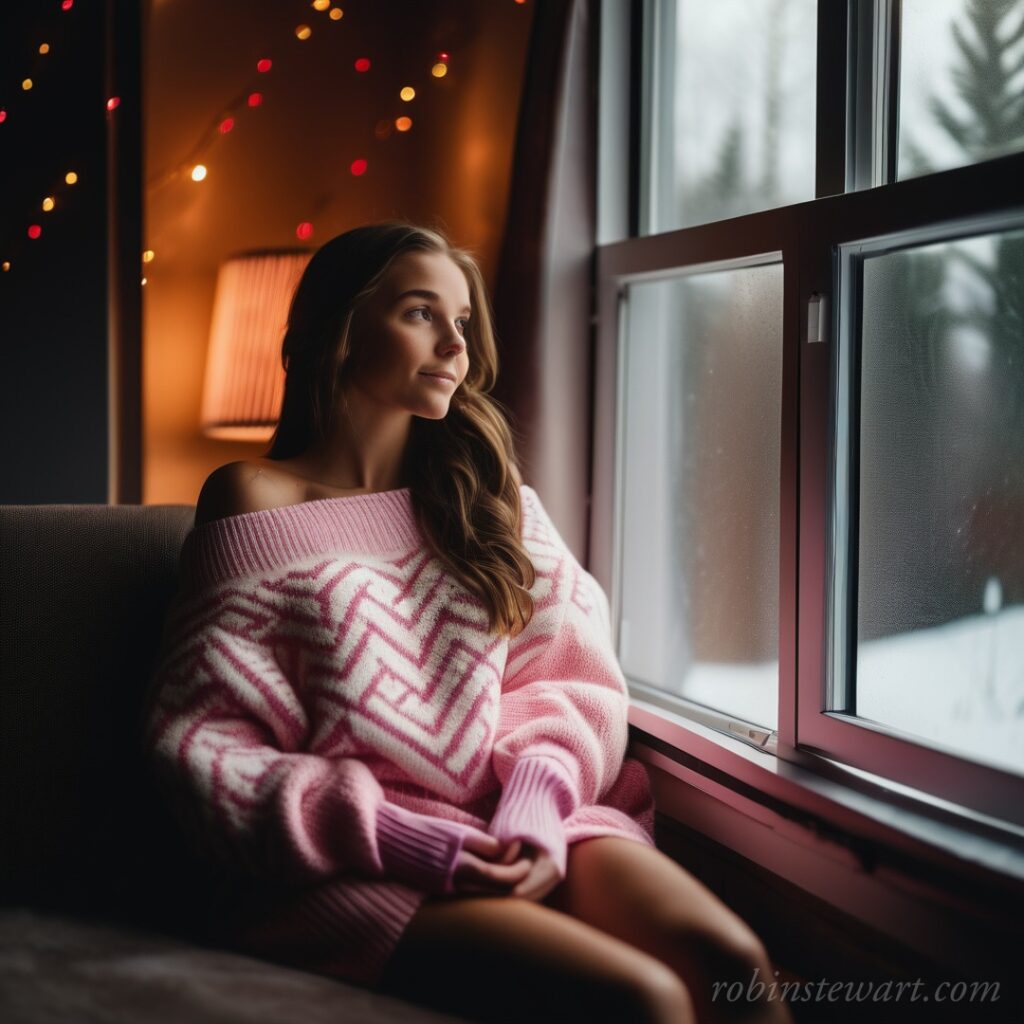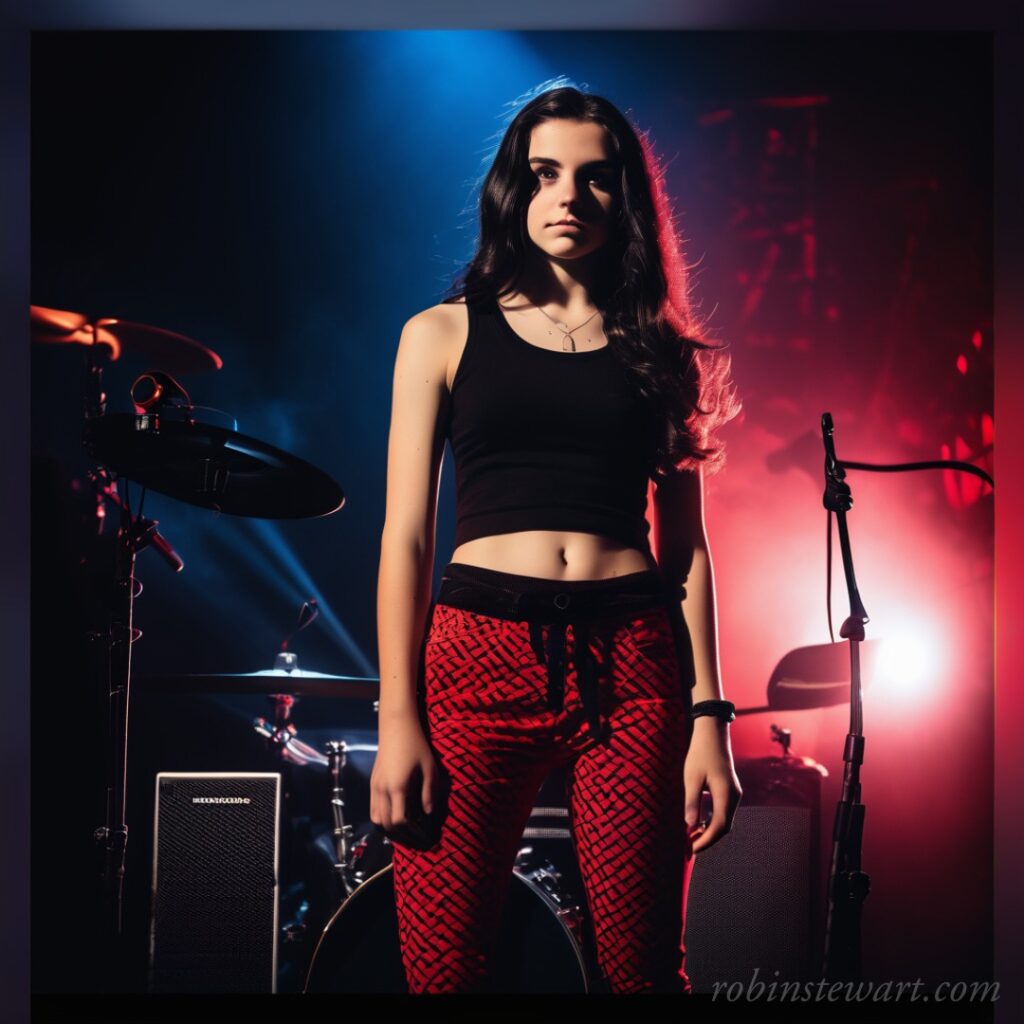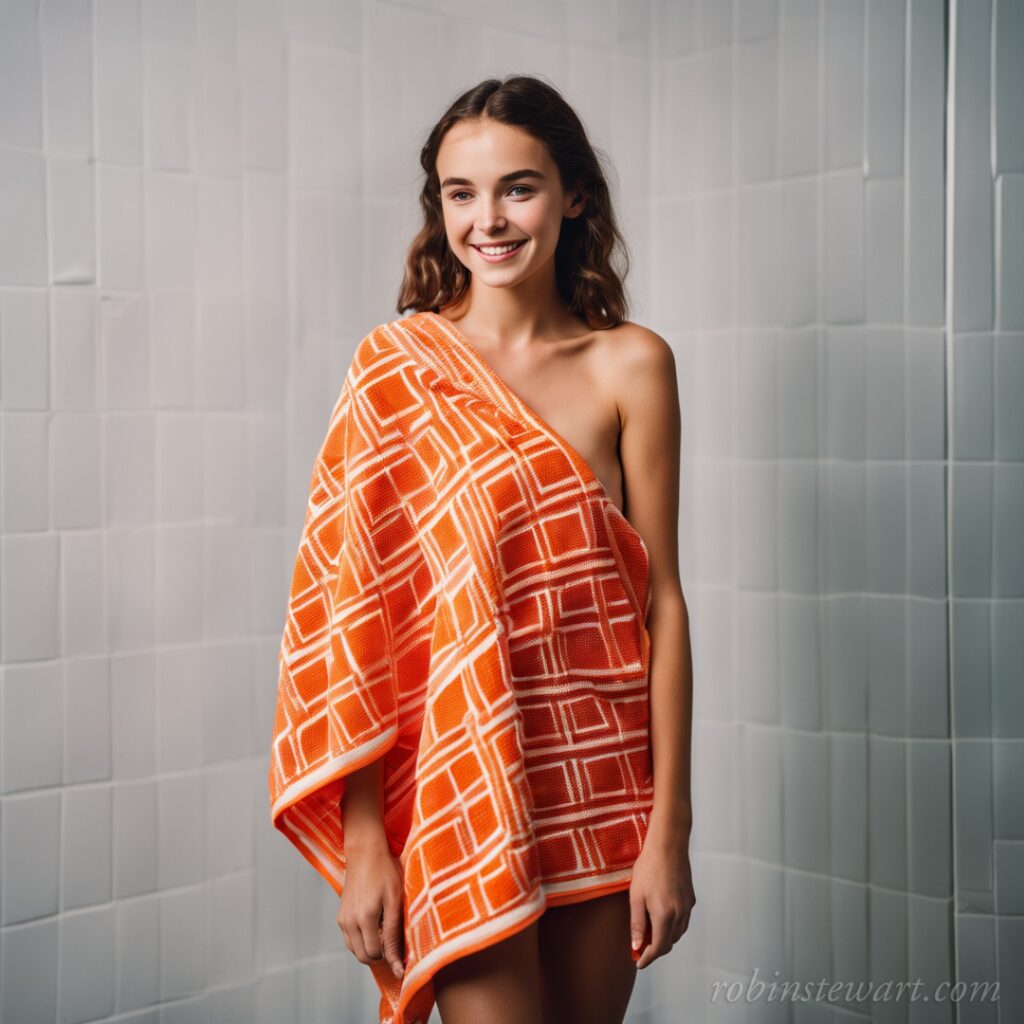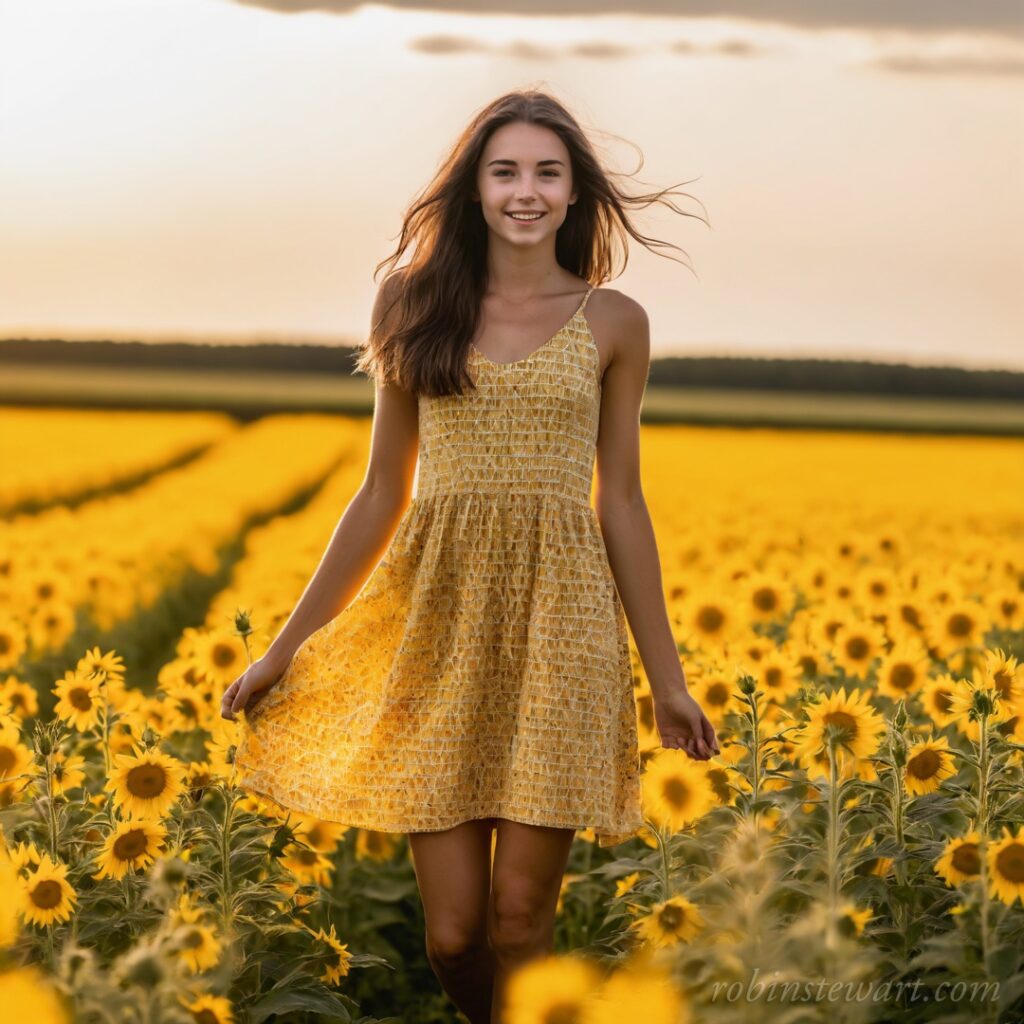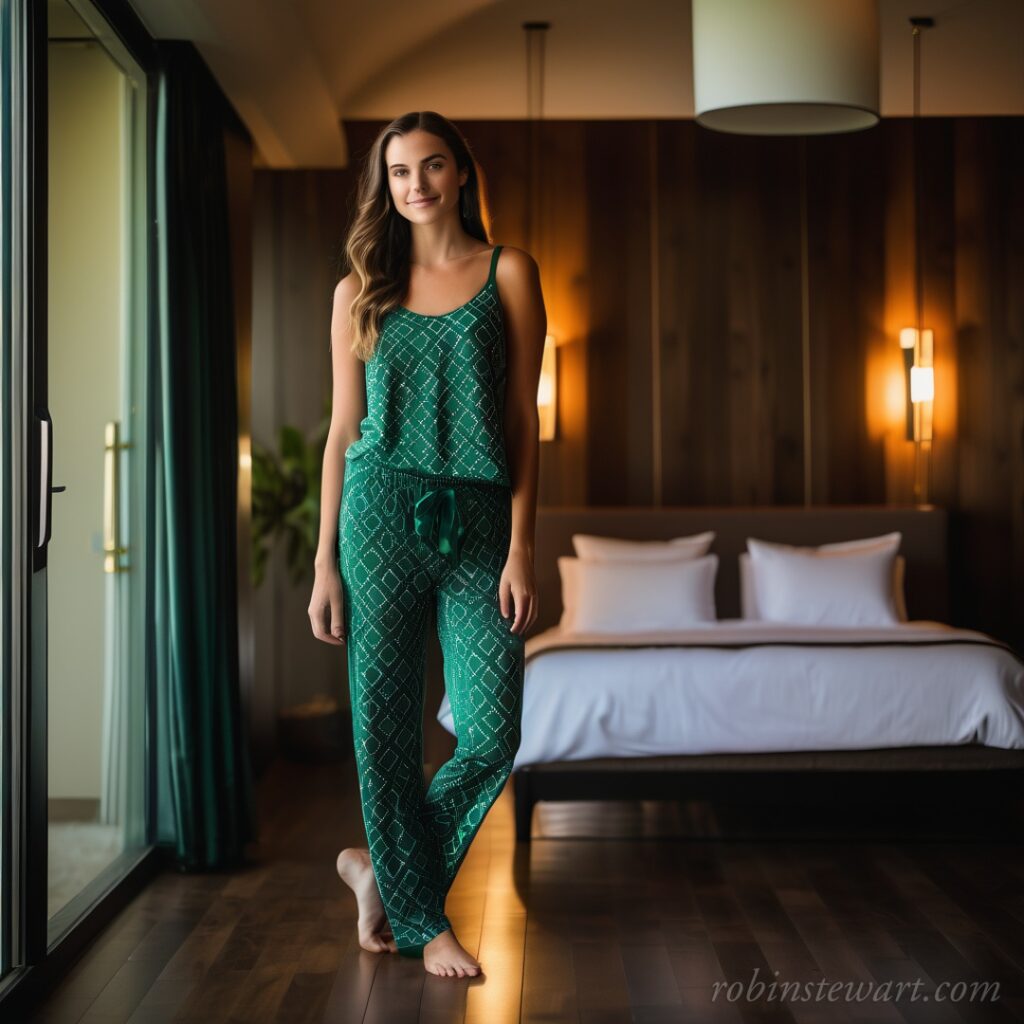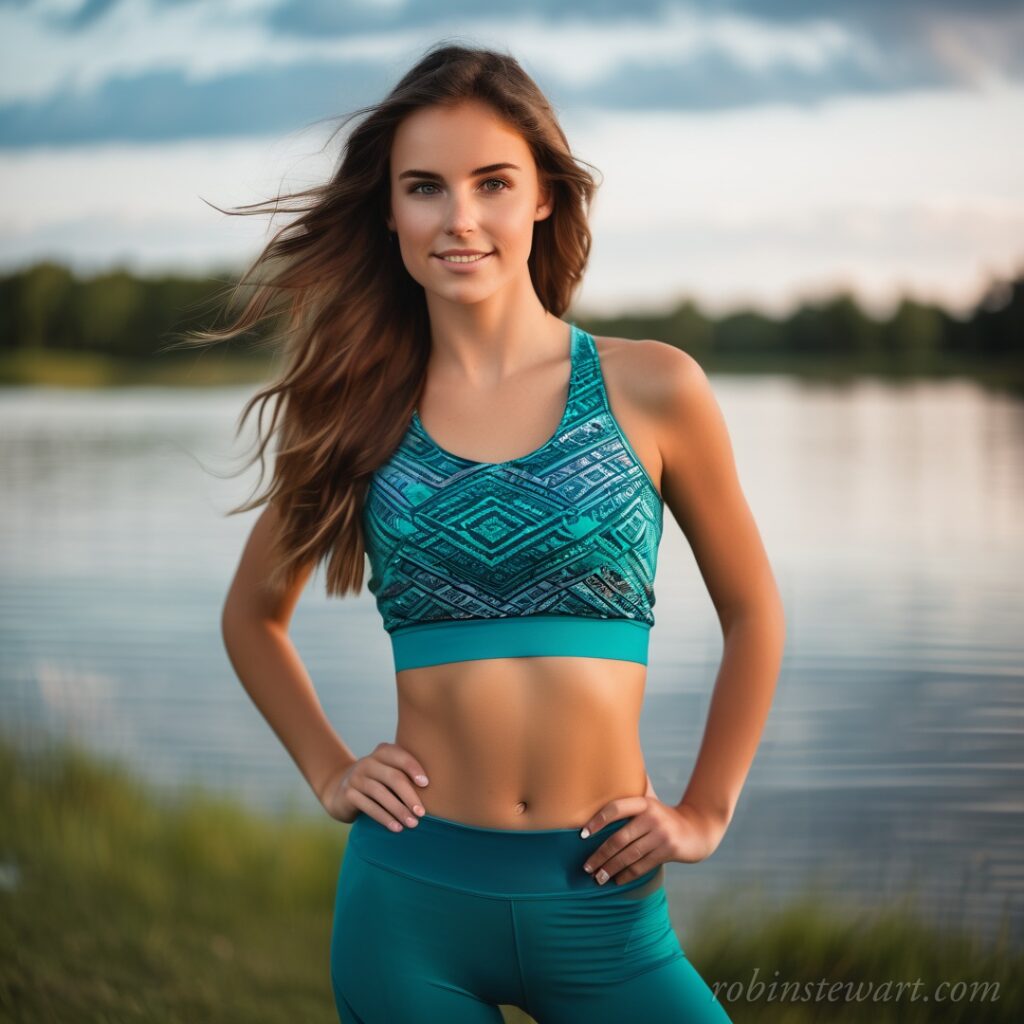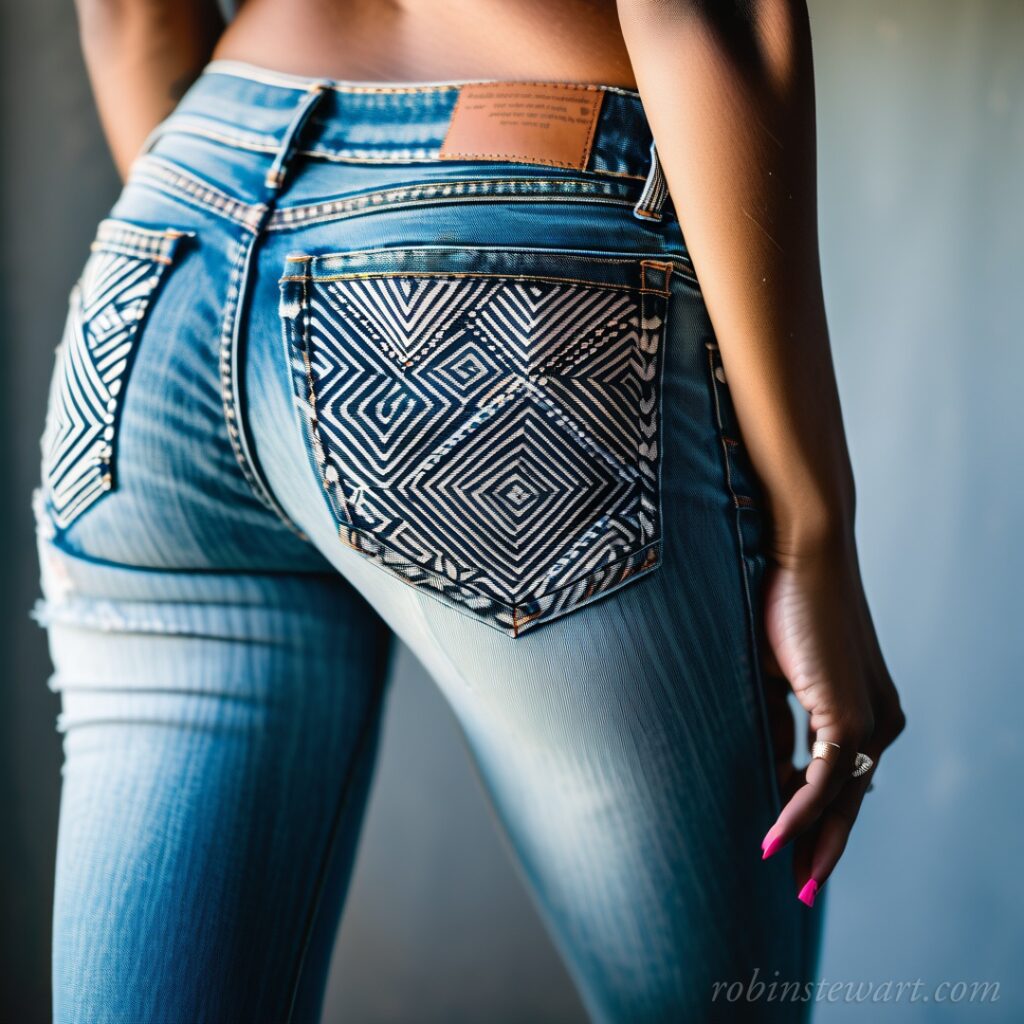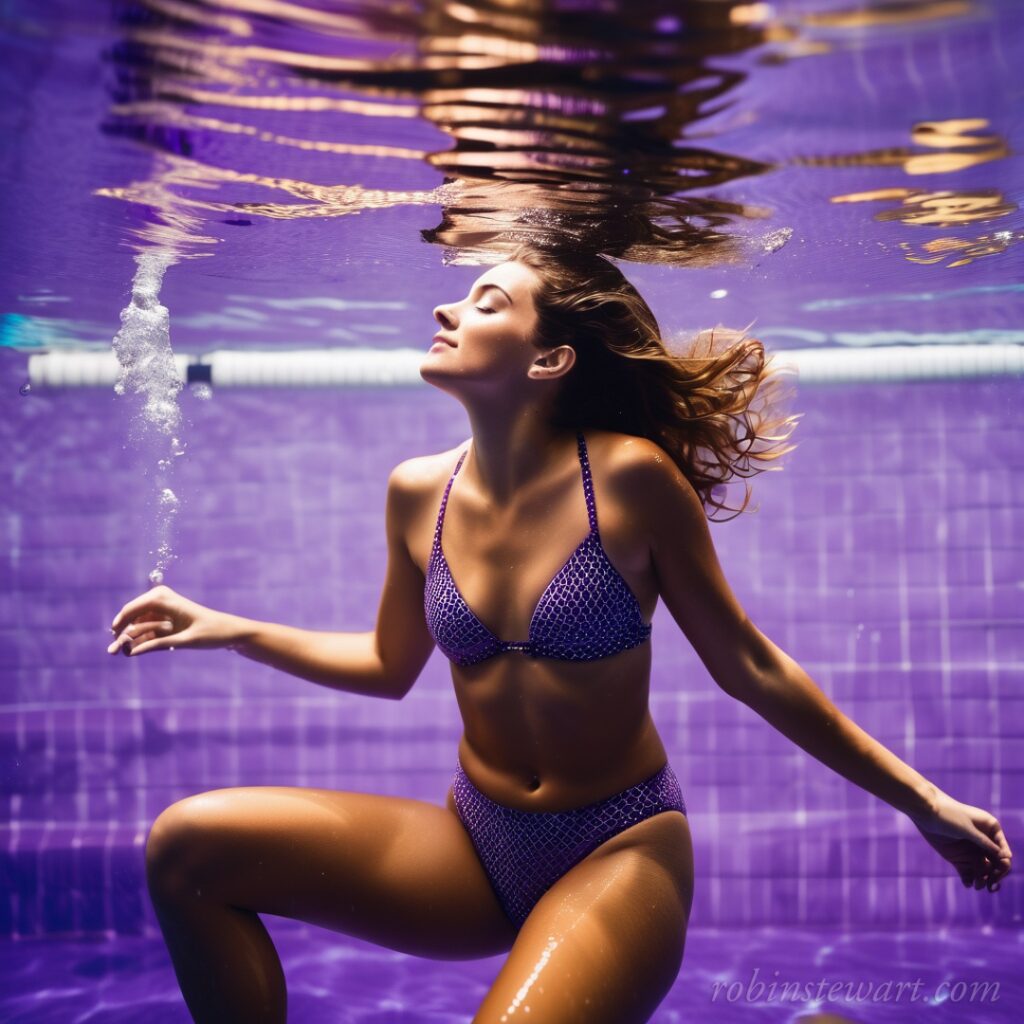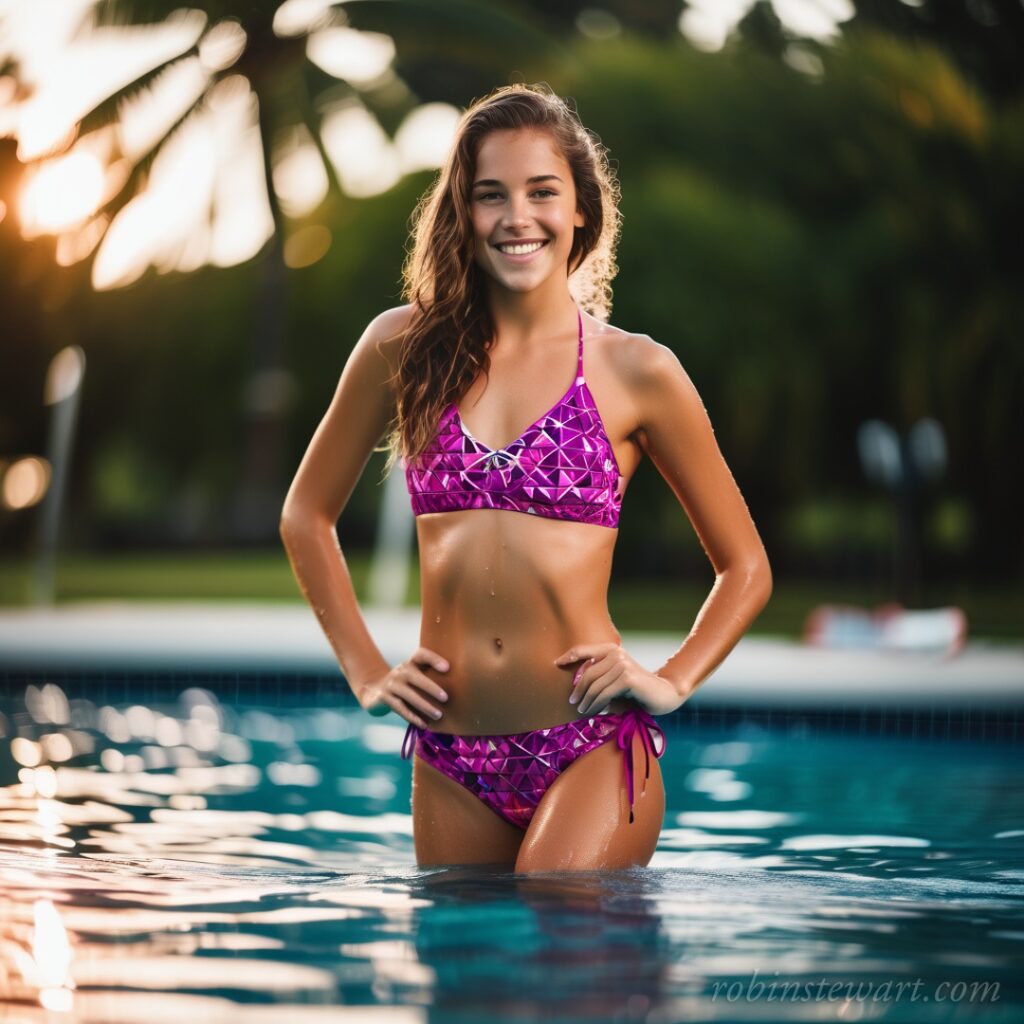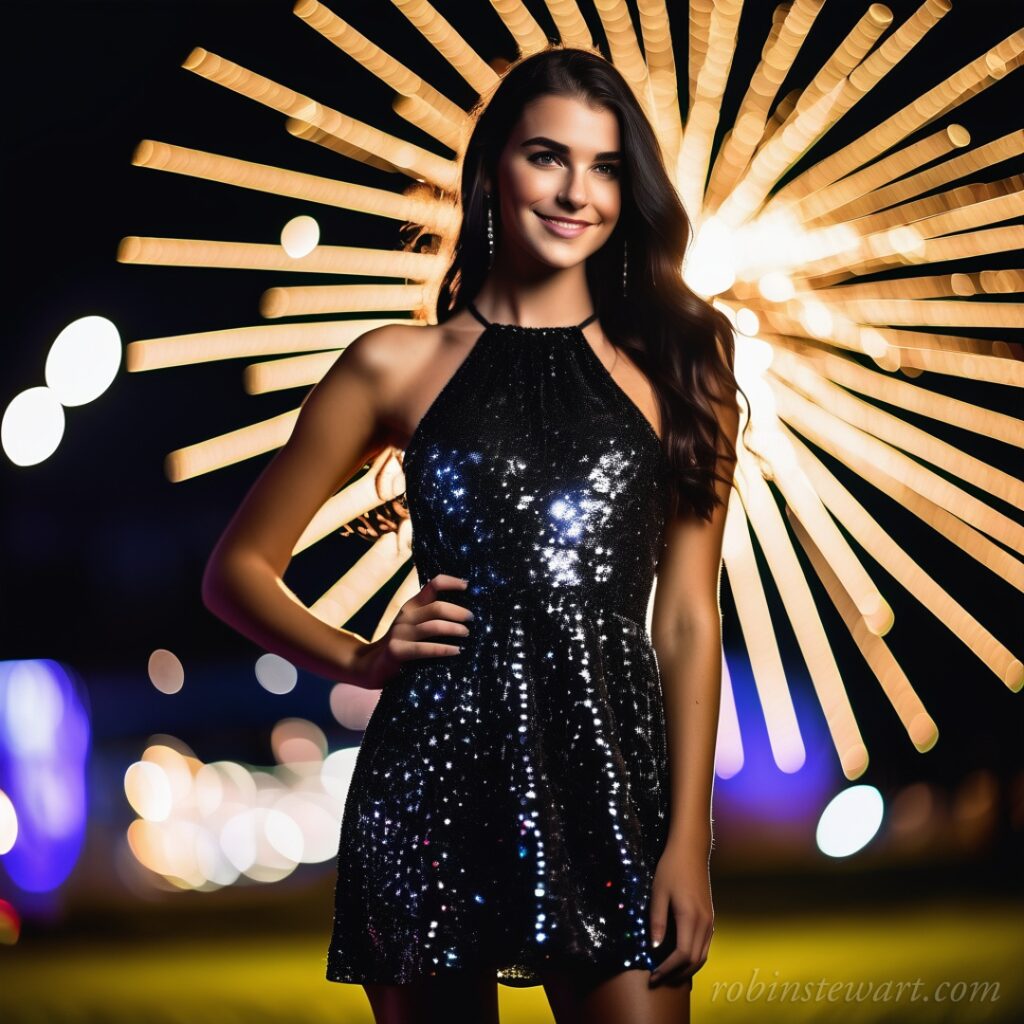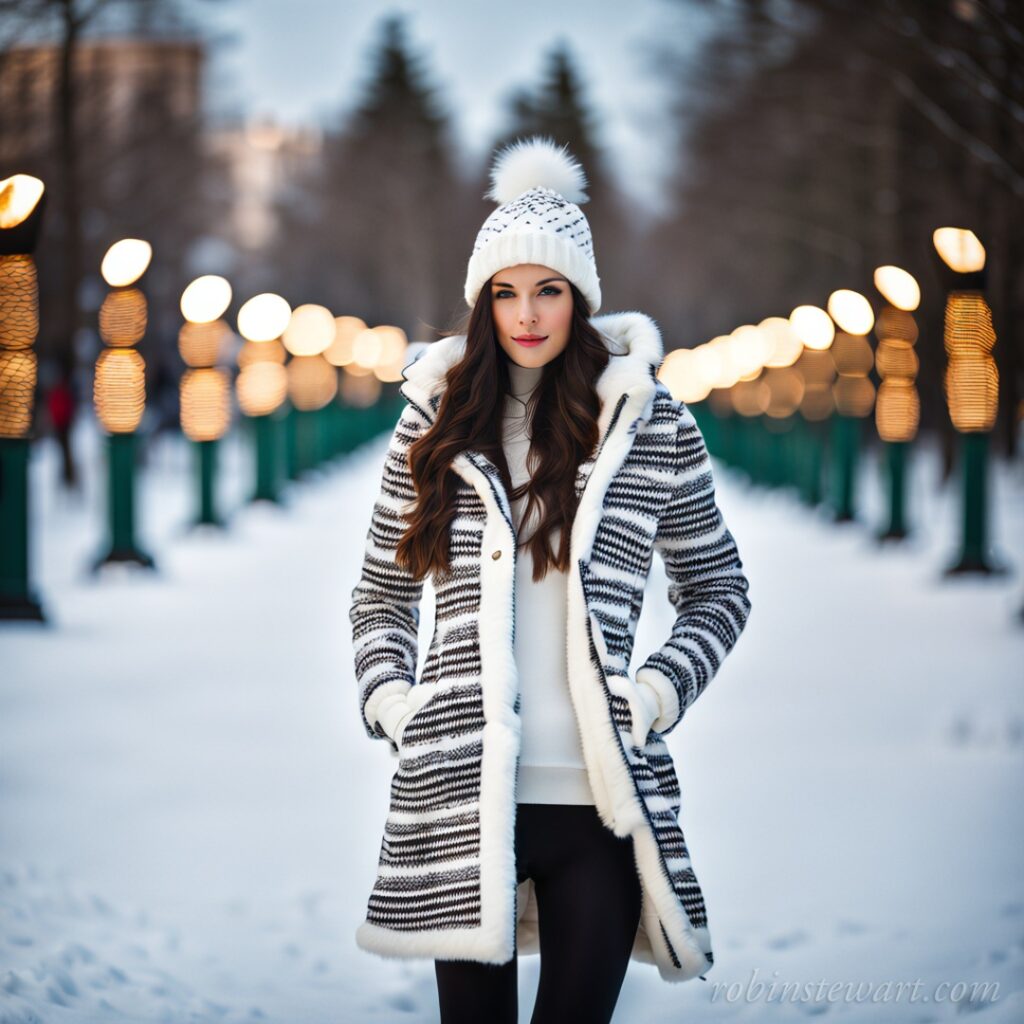I’ve been looking for a grounded way to reason about the limits and potential of the new era of AI technology. Is it mostly a fun toy, or will future advances put most people out of a job (or somewhere in between)?
I take inspiration from a fun computer science activity where I pretend to be a robot trying to cross a crowded classroom, and a group of kids takes turns instructing me to take a step forward, back, left, or right. Inevitably, one of their instructions won’t quite line up and a step will send me crashing into a desk (which is also part of the fun).
The takeaway is that computers do exactly what you tell them to do, not necessarily what you want them to do. In other words, the core problem is specification: how to translate the needs and goals in your head into instructions that a computer can follow.
AI tools clearly raise the level at which you can communicate: it is now plausible to use higher-level concepts like “walk across the classroom while avoiding desks.” But no matter how smart, an AI still can’t read your mind. It might know what you’ve done in the past, and what other people have done. But it doesn’t know what you want to do today unless you can describe it.
In other words, the extent to which AI tools can automate a task depends on how complicated it is to specify what you want.
Since I’m a software developer, let’s imagine a future intelligent assistant that might take my job by being able to fulfill a request like “build a great weather app”. Will such a tool ever come to exist?
What makes a weather app great? There’s no definitive answer — rather it’s a question of what you happen to want, today. How much do you care about the rain vs. wind vs. clouds? How much do you care about today’s conditions vs. tomorrow and next week? How much detail do you want to see? How much time are you willing to wait for data to load? How much will it cost? You’ll have to tell the imagined AI assistant about all the things you care about and don’t care about in order for it to make an app that’s great for you. That might still require a lot of work from you, the human.
Consider all the time people spend in meetings trying to get everyone on the same page about how, exactly, to best move forward. I don’t see how AI technology would remove the need for this. If you want to take everyone’s goals into account, you’ll still need to spend a lot of time talking it all through with the AI. If you skip that step and ask the AI to make decisions, you’ll only be getting a cultural average and/or a roll of the dice. That might be good enough in some cases, but it’s certainly not equivalent.
On the other hand, when requests are relatively simple and your goals are relatively universal, AI is likely to be transformative.
Either way, the limit of automation is the complexity of specifying what you want.

